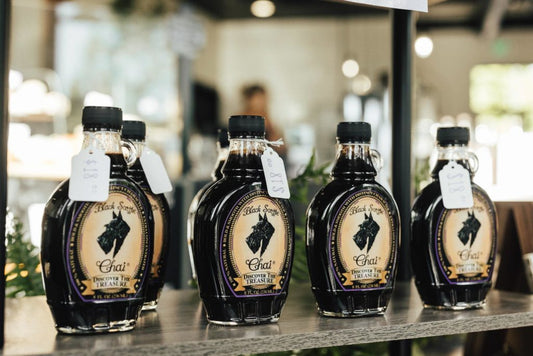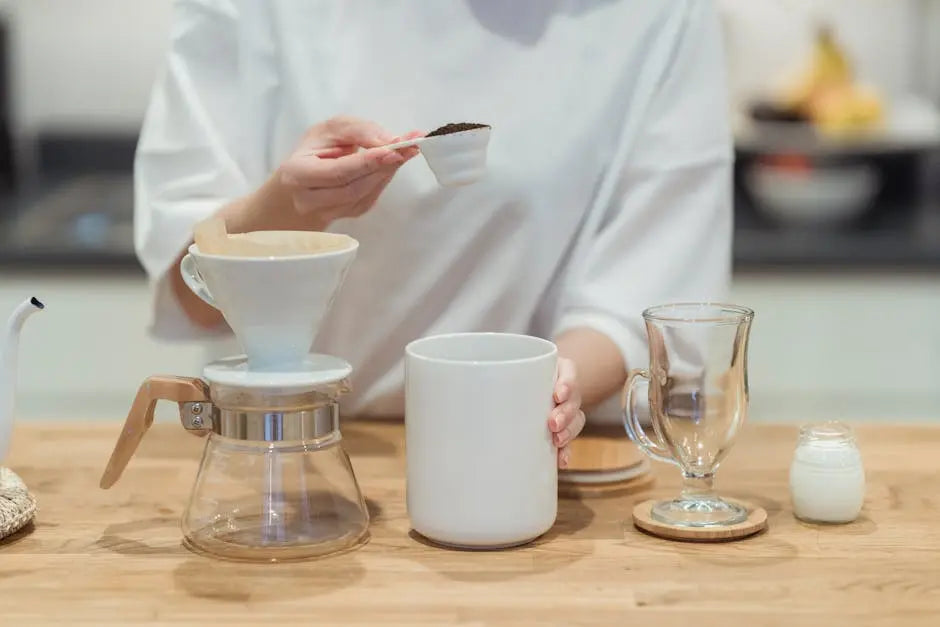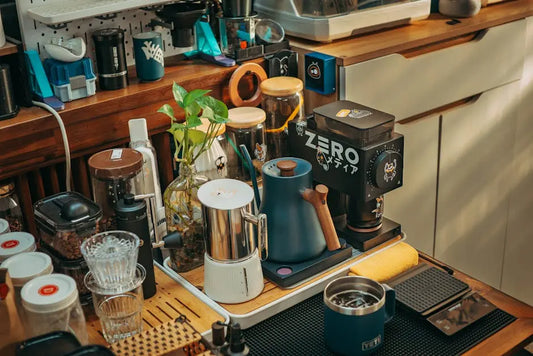Brewing the perfect cup of coffee at home is both an art and a science. It allows you to customize your drink to suit your tastes and create a delicious coffee experience in the comfort of your own kitchen. In this guide, we’ll explore essential tips and tricks to achieve brewing excellence, ensuring every sip is a delight.
Understanding Coffee Beans: Choosing the Right Variety
The journey to brewing exceptional home coffee begins with understanding coffee beans. There is a vast array of coffee types to choose from, with each variety bringing its own unique flavor profile and aroma. Arabica and Robusta are the two main types of coffee beans, with Arabica often being favored for its sweet, complex flavor. Knowing your preferences is key, as it will guide you in selecting the right beans for your brew.
When selecting beans, consider the roast level as well. Light roasts tend to unveil bright acidity and floral notes, while dark roasts offer a richer, bolder flavor. Medium roasts provide the best of both worlds, balancing acidity with body. Experimenting with different roasts can be an exciting adventure in your coffee journey, revealing how flavor can change with each roast level.
Additionally, sourcing your beans ethically can enhance not only the quality of your coffee but also your brewing experience. Many local roasters offer beans from sustainable farms, promoting better trade practices while delivering exceptional quality. Therefore, supporting local businesses can connect you with the coffee community and heighten your appreciation for home brewing.
The Importance of Freshness: Grinding Your Coffee
Freshness is paramount when it comes to brewing home coffee. Once coffee beans are ground, they begin to lose their flavor quickly due to oxidation. For this reason, investing in a quality burr grinder can vastly improve your coffee’s taste. A burr grinder ensures an even grind, allowing for consistent extraction during brewing.
Opting to grind your coffee just before brewing will unlock its fullest flavor. Aim for a grind size that correspond to your brewing method, as different methods—like French press or espresso—require different grind sizes. A finer grind works well for espresso, while a coarser grind is perfect for a French press, enhancing the overall drinking experience.
Moreover, pay close attention to the storage of your beans. Keeping them in an airtight container, away from light and moisture, will help retain their freshness for a longer duration. Proper storage habits combined with a good grinder will take your home coffee to new heights, making each cup a delightful experience.
Water Matters: The Role of Quality and Temperature
While coffee beans take center stage, the quality of the water used can significantly impact the brewing process. It’s essential to use filtered water free from contaminants. Tap water often contains minerals or chemicals that can alter the flavor of your final brew. By utilizing clean water, you provide a pure medium for extracting the coffee’s delicious nuances.
Temperature plays an equally crucial role in home brewing. The ideal brewing temperature for coffee is between 195°F and 205°F. Water that is too hot can lead to over-extraction, resulting in bitterness, while water that is too cool may yield a weak and flavorless cup. A simple kitchen thermometer can help you achieve precision, ensuring that each brew is consistently excellent.
Brewing Methods: Exploring Different Techniques
There is a world of brewing methods available for the home barista, each producing a different taste and experience. Explore methods such as pour-over, French press, espresso, and AeroPress. Each technique demands different water-to-coffee ratios, grind sizes, and brewing times, but they all ultimately aim to draw out the distinct character of the coffee beans.
The pour-over method offers a clean and vibrant cup, allowing for a complete appreciation of the coffee’s flavor notes. On the other hand, a French press delivers a richer and fuller-bodied brew due to the immersion process. It’s beneficial to spend time trying these various brewing methods to discover which ones align with your personal taste.
Moreover, attending local coffee workshops or online courses can provide you with hands-on experience. Engaging with knowledgeable baristas can enhance your skills and provide insights into perfecting your home coffee method. The more you practice, the more enjoyable your coffee-making ritual becomes.
The Art of Coffee Ratios: Balancing Coffee and Water
Finding the right coffee-to-water ratio is essential in achieving the perfect cup of home coffee. The general rule of thumb is to use two tablespoons of coffee for every six ounces of water. However, personal preferences can vary; some may prefer a stronger brew or a milder taste. Adjusting these ratios can lead to delightful discoveries in flavor and strength.
Taking notes on your brewing process can be incredibly helpful. Documenting the specific beans, grind size, water temperature, and brewing time allows you to replicate your favorite brews down the road. Gradually tweaking one variable at a time will help you uncover their effects on flavor, leading to a greater understanding of your palate’s preferences.
Enhancing Flavor: Experimenting with Additives
Once you’ve honed your brewing skills, consider exploring flavor additives to elevate your coffee experience. From spices like cinnamon and nutmeg to flavors like vanilla or hazelnut, experimenting can lead to delightful surprises. A pinch of salt, for instance, can reduce bitterness and enhance sweetness in your brew.
Moreover, alternative milk options—such as oat, almond, or coconut—can add unique flavors and textures. Frothing your milk can create a luxuriously creamy texture, perfect for lattes or cappuccinos. Trying new additives can be an enjoyable adventure that keeps your home coffee experience fresh and exciting.
Troubleshooting Common Coffee Brewing Issues
Even the most experienced home baristas encounter challenges from time to time. If you find your coffee brew is too sour, it may be under-extracted, requiring a longer brew time or finer grind. Conversely, a bitter brew suggests over-extraction, which you can remedy by adjusting the grind size or brew time.
Undercooked or overcooked coffee can be frustrating, but with practice, you’ll be able to identify the culprits behind these issues. A consistent routine will help you pinpoint what works best for your coffee. Pay attention to each step: from grind size to brewing time, each contributes to the final flavor.
Creating Your Coffee Routine: Making It a Daily Ritual
Establishing a coffee routine can transform your mornings into an enjoyable ritual. Setting aside dedicated time for your brewing process encourages mindfulness and appreciation for the art of home coffee. Consider preparing your coffee the night before by setting out all the necessary tools and ingredients, making the morning process seamless.
Involve your family or roommates in this ritual as well. Brewing coffee together can become a cherished moment to connect and share a new experience. Moreover, sharing your coffee creations can breed camaraderie, inspiring discussions about flavors or preferences.
Embrace the Joy of Home Brewing
By embracing these tips for brewing coffee at home, you can transform your mornings and impress your friends with your newfound skills. Remember, coffee brewing is as much about experimentation as it is about technique. So grab your favorite beans and start brewing your masterpiece today!









